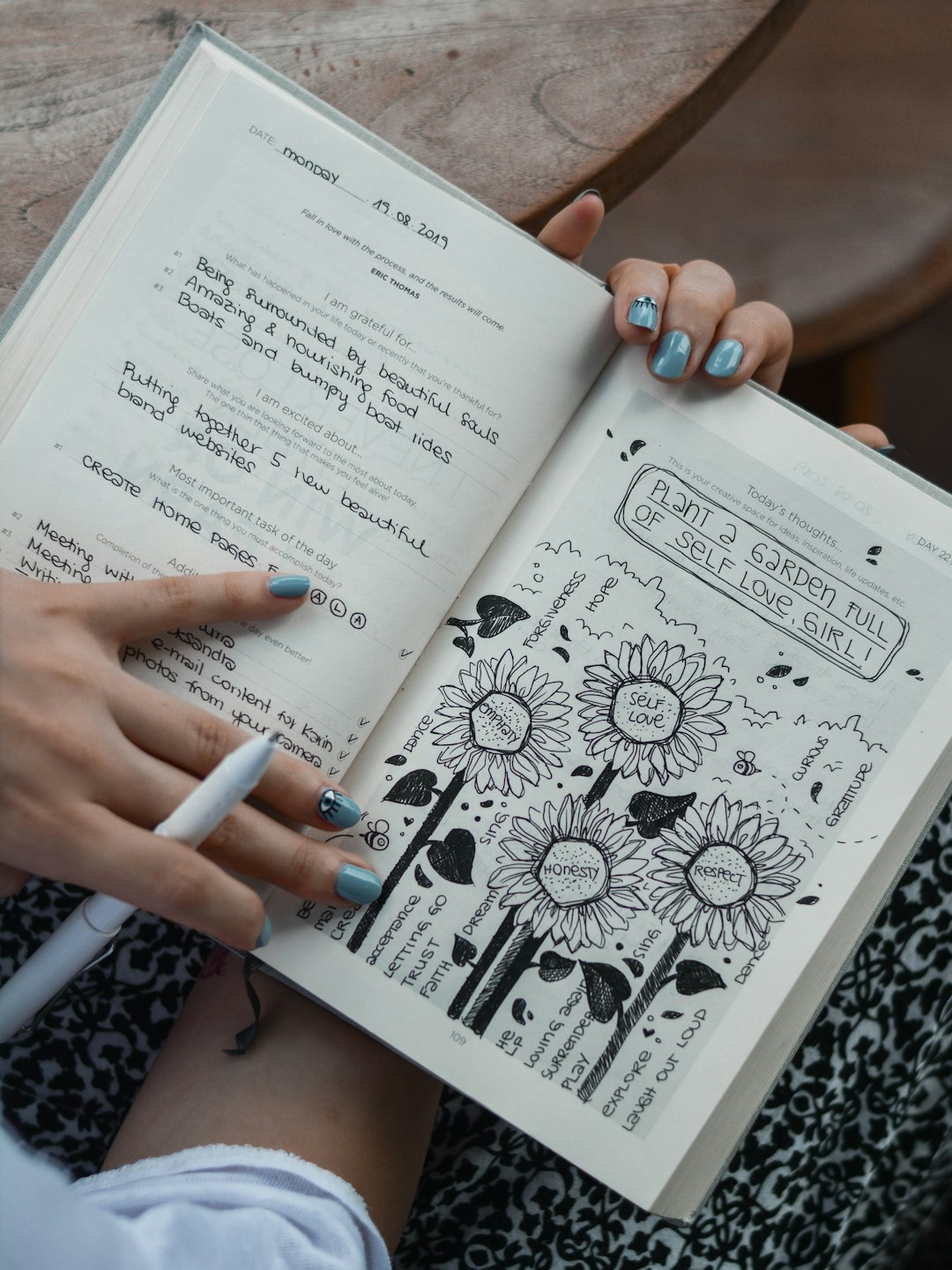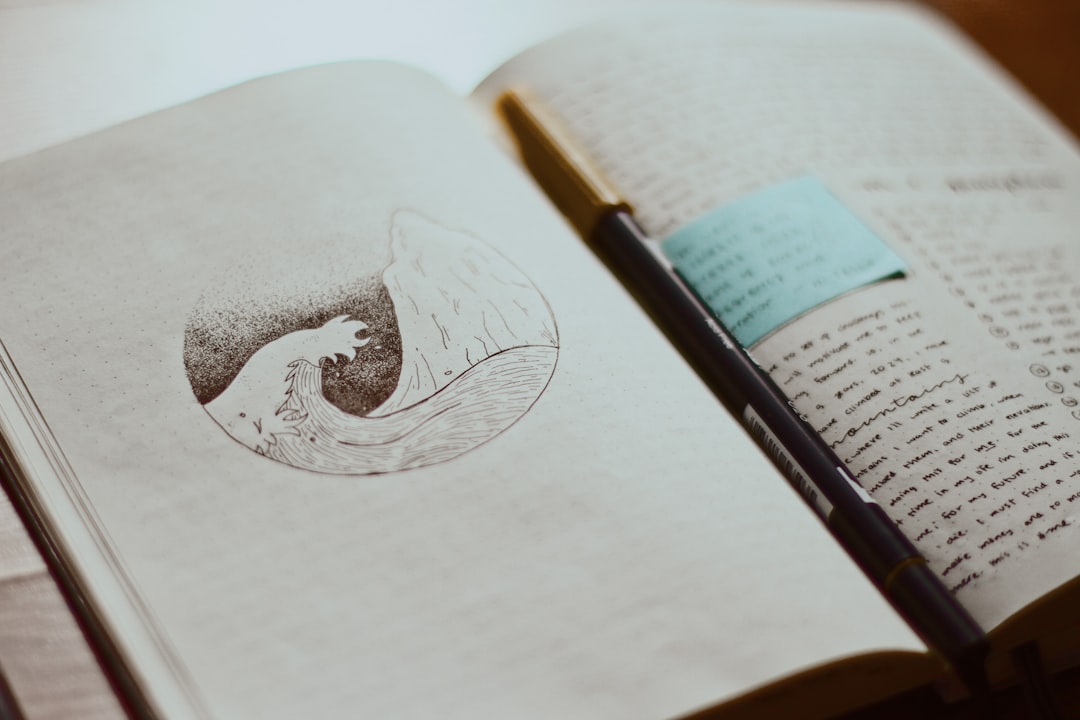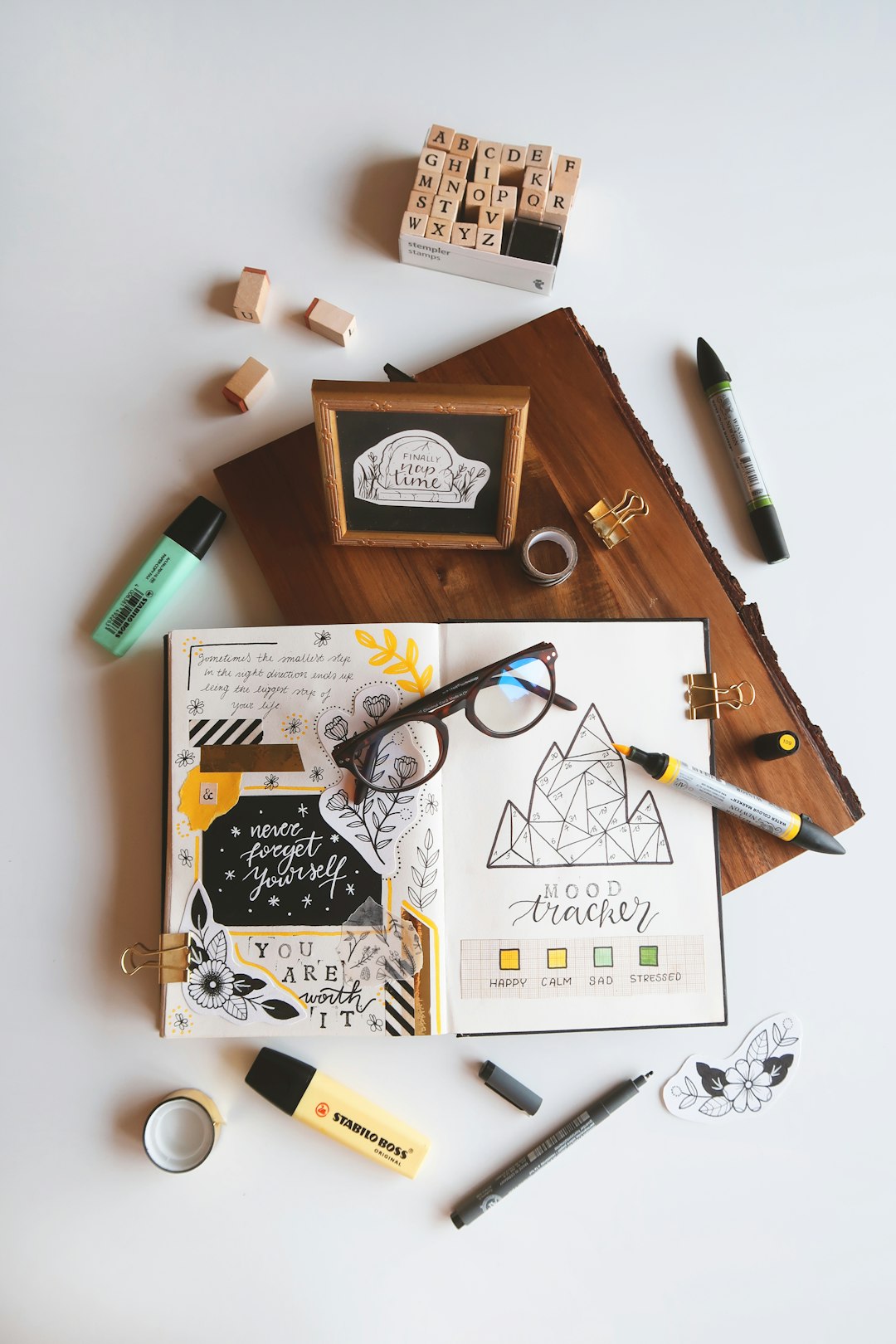
Keeping a journal is a wonderful activity for your personal growth. It forces you to reflect on your life regularly. Journals are a pathway to self-discovery and growth and can even be a meditation. When you put your experiences down on paper, your challenges, blessings, decisions, and strengths become more clear. But journals don’t have to be written, don’t have to be daily diaries. Journals can be simple records of your day, or extravagant artistic expressions or emotion.
Journaling can also serve as a great way to record your life and see how you've grown over the years. You might be surprised three years from now when you look back on today. Some people record weather trends, feelings, concerns, observations in nature. Others ramble on with abandon, simply decluttering their mind. Others simply color or collage, letting their minds mull while they arrange a page.
There are no rules in journaling. There is no one way to “do it right.” Your journal is for you, the pages are yours to do with as you wish. It is the practice of journaling that leads to our own methods of expression, connects us to our creativity. The pages help us discover what we think, feel, hope, want. So few of us know ourselves well, not even what we value or truly desire. Journaling allows us to explore who we are, and express how we feel about it.
It can be tough to get started: what do you write about? What do you want to express or record? Should you use a notebook, word processor or something fancy like a leather-bound journal?
These tips can help you get started:
1. Choose your medium. It really doesn't matter where you record your life; all have their advantages and disadvantages. Just choose something that works for you.
Notebooks do tend to be a better choice. Journaling in a notebook gives you a chance to manually write something. It seems more sacred to write with our own hand, and studies have shown that handwriting activates a unique connection with the brain. If you intend to mostly write, choose a notebook with lined pages. If you will also include artwork, perhaps choose a blank-page journal with heavier paper. If you intend to mix lists, drawings, and writing, you might prefer a dot-grid paper.
Many of us spend all day typing away on our computers, and journaling should feel unique and special. Computers can also be distracting; you might sit down to do your journaling and end up surfing the Internet.
Find special pens, colors, stamps, or a simple No. 2 pencil. Press flowers between the pages, paste in ticket stubs, photos, stickers. Keep in mind, gel-pen ink tends to fade over time, so if you are writing for posterity, you might wish to choose a longer-lasting ink.
2. Keep it short. Of course, you can write as much as you want. But if you keep it short, you'll be a lot more likely to do it regularly. Even just a few bullet points can be enough to capture the essence of what happened in your day. Eventually, a healthy goal for an art journal would be to complete a two-page spread in a day. For a journal of self-discovery and exploration, a goal of three written pages is reasonable.
3. Set a schedule. If you use a notebook, keep it by your bed or the coffee pot; that way you won't miss it. Set a reminder on your computer. It makes more sense to journal at the end of the day if you wish to reflect on your day and record accomplishments, weather, or high points, but morning pages can help you declutter your thoughts, and focus your intentions for the day. Choose your time(s) and stick to them. Consider these as appointments with a dear friend: you.
4. Never miss more than one session. Things come up, and it's easy to miss a session here and there. Many of us also have a hard time making personal quiet time a priority. If you miss more than one session, you might wind up missing five before you know it. Be consistent. Studies have shown it takes 21 consecutive days to set a habit but start by promising to meet yourself on the paper at least every other day. Give yourself permission to take this time and be respectful enough to keep this appointment with yourself.
5. Track your progress toward your goals. List the things that are most relevant to you at the time. For example, if you're trying to lose weight, mention related victories, missteps, and your weight fluctuations. If you're trying to earn an extra $1,000 this month, keep a running tally of your progress. If you have a to-be-read list of books, to be watched list of movies, record those and mark them off as you move through the list. Create a bucket list. Include at least 10 things you hope to do in your life.
6. Keep your journal private and secure. Your journal is your friend, your confidant, your safe space. You meet yourself on the pages, expressing worries, goals, regrets. If you believe that someone else might see your journal, you might be hesitant to be completely open when working in it. If you choose to share artwork you have created or a journal entry, that’s fine. But for the most part, your journal is for you and no one else.
Before you know it, you'll have a shelf full of your journal entries. Consider that writing just half of a page each day would be over 3,000 pages in 10 years!
Journaling is an excellent way to record your life and track your progress. Think about how interesting it would be to read your current entries 10 or even 50 years from now. One of the biggest lies we tell ourselves is that we will remember. Our lives are made of stories, of tiny details. They are worth recording and exploring. You might even want to give your journals to your children someday.
As we begin our series on journaling, now would be a good time to start a journal if you don’t already practice journaling. We will explore the different types of journals and journal entries, and consider journaling exercises for personal growth, development, and success. A life worth living is a life worth recording!
Check our site regularly for additional articles, journal prompts, and suggestions on how journaling can record, express, and direct your life.



